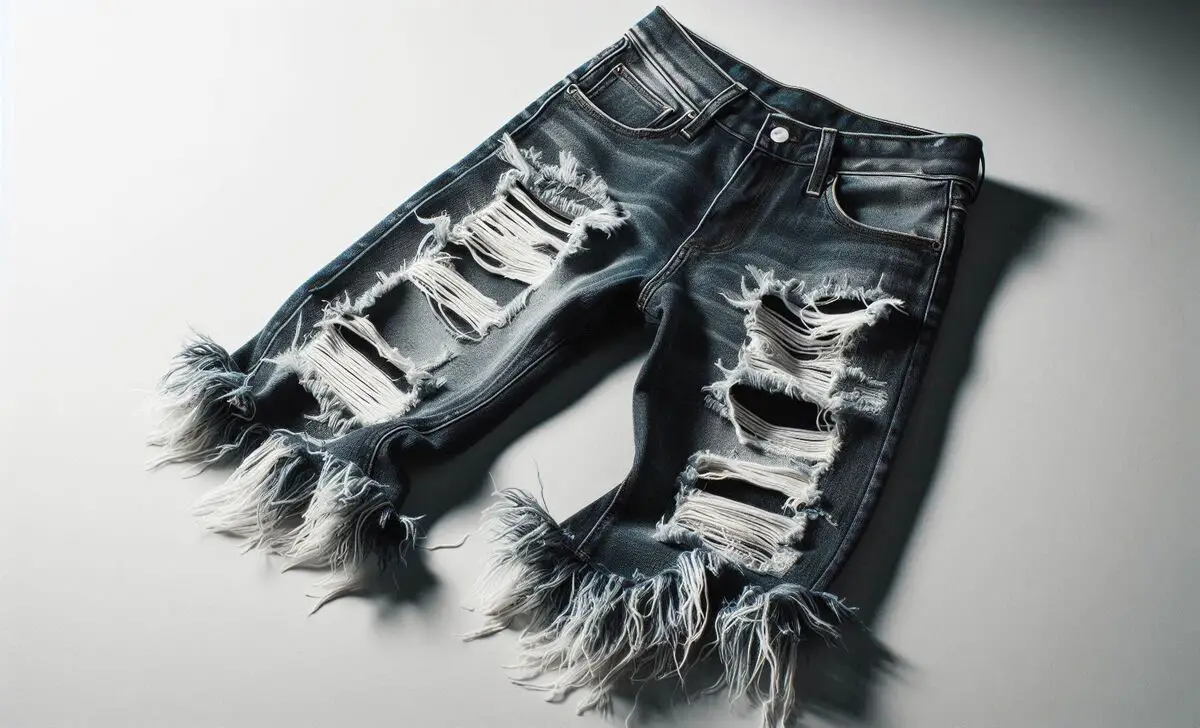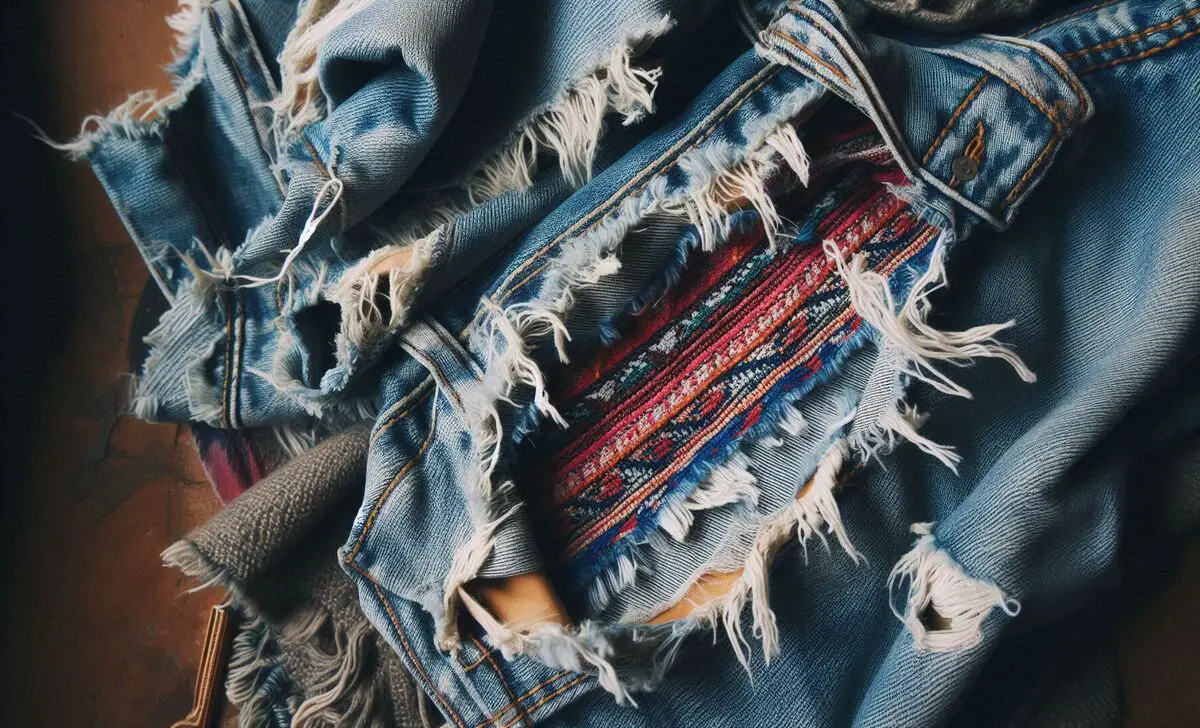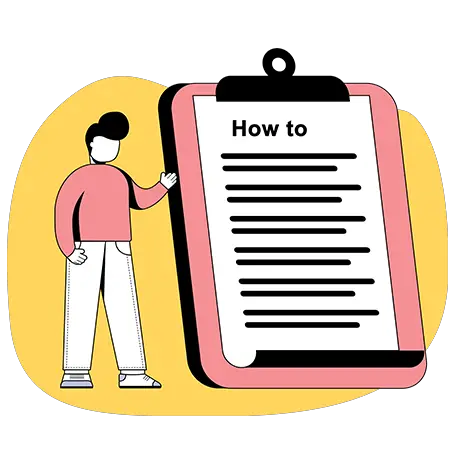Ripping jeans and leaving the white thread is a great way to give your denim a custom, distressed look. Whether you want frayed edges or ripped knees, this DIY method will guide you step by step to achieve that signature look while maintaining the horizontal white threads. Let’s dive into how to rip jeans without losing that trendy thread detail.

What You’ll Need:
- Old jeans (light or medium-wash work best)
- Sharp fabric scissors or box cutter
- Tweezers
- Chalk for marking
- Sandpaper or seam ripper
- Optional: Fabric glue for reinforcing edges
Step-by-Step Guide To Rip Jeans And Keep The White Thread

1. Prepare Your Jeans
Pick your favorite pair of denim—whether it’s your go-to boyfriend jeans, skinny jeans, or even denim shorts. Pre-wash the jeans to soften the fabric, making them easier to work with.
2. Mark The Areas
Decide where you want to create your rips—common places are the knees, thighs, or near the pockets. Use chalk to mark horizontal lines, which will help you target where to make the rips.
3. Cut The Denim

Pinch the fabric along the marked area to make a small fold. Use sharp scissors or a box cutter to make small horizontal cuts. Be careful not to cut too deep—you only want to tear the vertical blue threads, not the white horizontal threads.
4. Pull The Blue Threads
Once you’ve made your cuts, use tweezers to gently pull out the blue vertical threads from the cut areas. This leaves the white threads exposed, giving you that classic distressed look.
5. Distress The Fabric

For a more worn-in look, take some sandpaper and rub the areas around the cuts to soften the edges. This creates a natural-looking frayed jeans style. You can also use a seam ripper to enhance the effect.
6. Reinforce The Rips (Optional)
If you want to keep the rips from growing over time, use a little fabric glue or a running stitch with embroidery thread to secure the edges. This will prevent further tearing while keeping the jeans stylish.
7. Finishing Touches
Once you’re satisfied, throw your jeans into the washing machine to give them that naturally worn look. After washing, air-dry your jeans to preserve the distressed areas.
Conclusion
Creating DIY ripped jeans with exposed white threads is a simple, budget-friendly way to refresh your denim wardrobe. With just a few tools like scissors, tweezers, and sandpaper, you can transform your old jeans into stylish, custom pieces. Whether you’re working with denim fabric, black jeans, or a classic denim jacket, distressing jeans is a fun, creative way to personalize your look.
FAQs
1.How Do I Avoid Making Large Holes When Ripping Jeans?
Pinch the fabric and make small, controlled cuts. Use tweezers to remove just the blue threads for precise distressing.
2.Can I Distress Any Type Of Jeans?
Yes! From blue jeans to black jeans, any denim fabric can be distressed. Light and medium-wash jeans work best for showing off white threads.
3.Should I Reinforce The Rips?
It’s optional. If you want to keep the rips from spreading, you can use fabric glue or a quick running stitch with embroidery floss around the edges.
4.Can I Distress Pre-Ripped Jeans?
Yes, you can enhance pre-ripped jeans by adding more frays or enlarging the existing rips with scissors or sandpaper.
5.How Can I Distress Jeans Without Making A Rip?
Use sandpaper to gently wear down areas of the jeans, like the knees or waistband, for a distressed look without creating holes.
6.How Do I Prevent The White Threads From Breaking?
Be careful when pulling the blue threads with tweezers. Work slowly and avoid pulling on the white horizontal threads to keep them intact.



